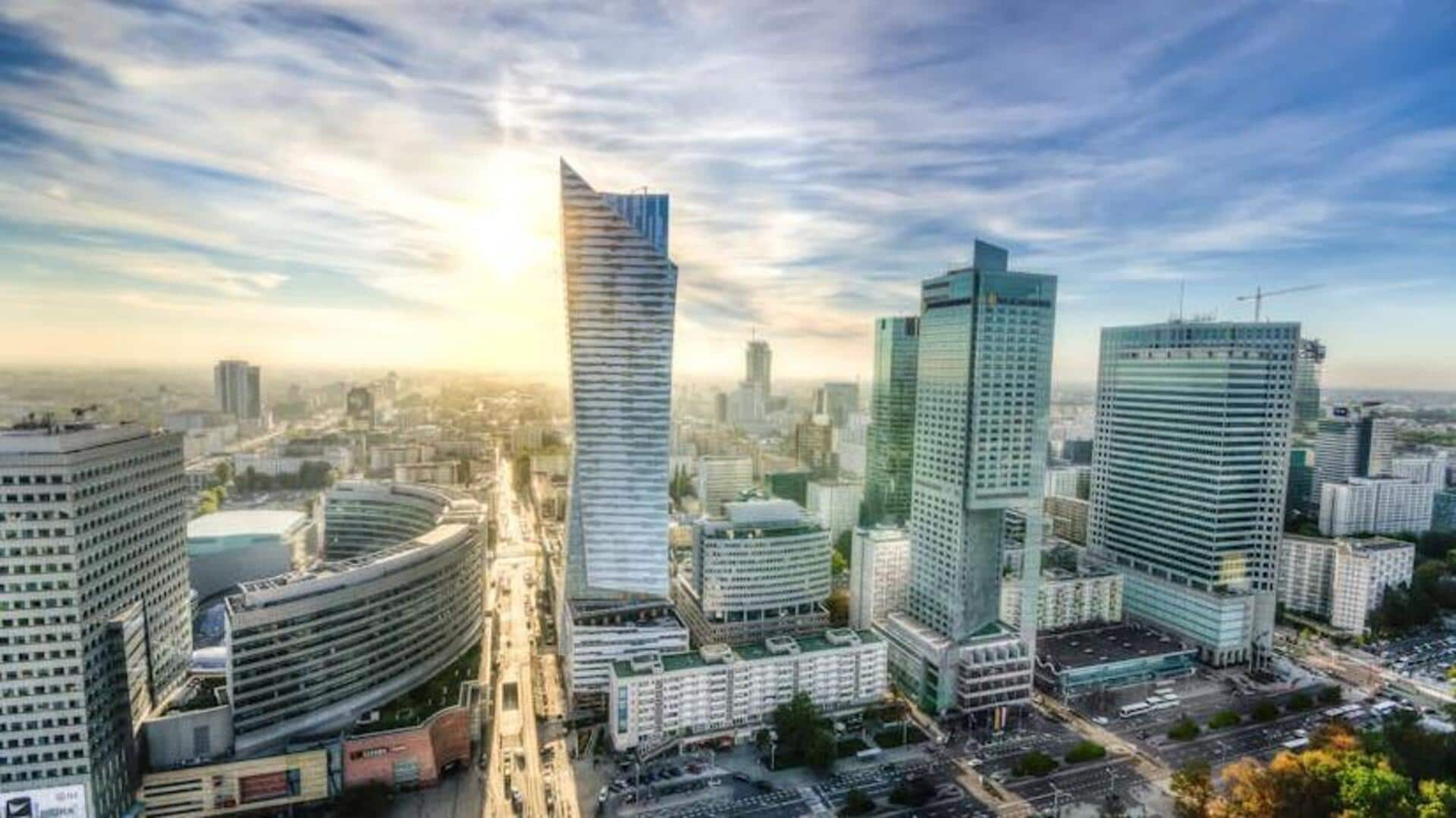
Warsaw's stirring liberation monuments
What's the story
Warsaw, the capital of Poland, is a city that wears its history on its sleeve. Each corner tells a story of resilience and bravery, especially through its numerous monuments commemorating the nation's fight for freedom. These landmarks not only offer a glimpse into Poland's turbulent past but also serve as poignant reminders of the spirit of its people.
Recommendation 1
The iconic Warsaw Uprising Monument
Situated in Krasinski Square, the Warsaw Uprising Monument is a tribute to the 1944 uprising against German occupation. This impactful sculpture shows fighters moving through collapsing structures, symbolizing their despair and determination. It is an essential visit for anyone eager to grasp the depth of Warsaw's wartime history and experience the unbreakable spirit of its residents firsthand.
Recommendation 2
The majestic Ghetto Heroes Monument
The Ghetto Heroes Monument stands tall in what was once the heart of the Jewish ghetto. It commemorates the 1943 uprising by Jewish residents against Nazi forces. The monument features a group of figures defiantly resisting their oppressors, capturing their courage and desperation. A visit here offers a somber reflection on human resilience in the face of unimaginable adversity.
Recommendation 3
The Moving Little Insurgent Monument
The Little Insurgent Monument stands as a touching tribute to the child soldiers who fought and died during the uprising. Featuring a small statue dressed in an oversized helmet, it symbolizes all young lives lost in conflict, while also highlighting their incredible bravery. This monument serves as a poignant reminder that the path to freedom often comes with a great cost.
Recommendation 4
The Liberators' Park Memorial
Nestled within Liberators' Park, this memorial honors the Soviet soldiers who fell during World War II while liberating Warsaw from Nazi occupation. The subject evokes complex emotions due to Poland's subsequent control by the Soviet Union. Nonetheless, it remains a crucial site for comprehending Warsaw's intricate history of liberation struggles. It reflects the city's multifaceted past and the diverse forces that shaped its freedom.
Recommendation 5
The Unknown Soldier's grave
The Tomb of the Unknown Soldier, located in Saxon Garden, honors all unnamed Polish soldiers who fell in battle. This solemn monument, featuring an eternal flame that burns brightly day and night amidst the remnants of Saxon Palace columns, symbolizes resilience amidst destruction. It stands as a universal symbol of sacrifice for freedom, serving as a poignant reminder of the profound cost of liberty.